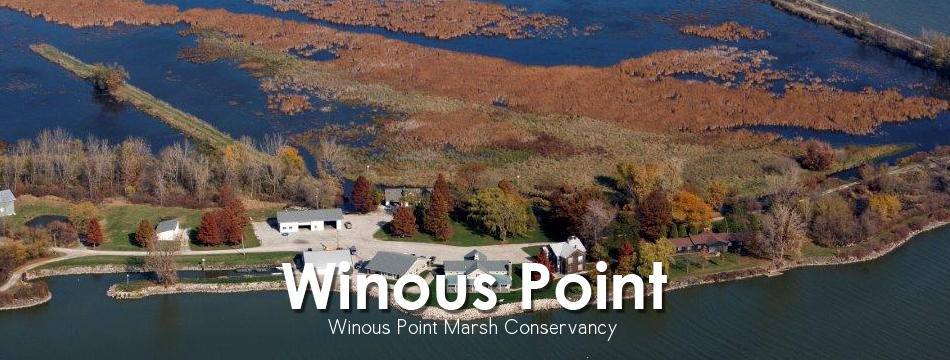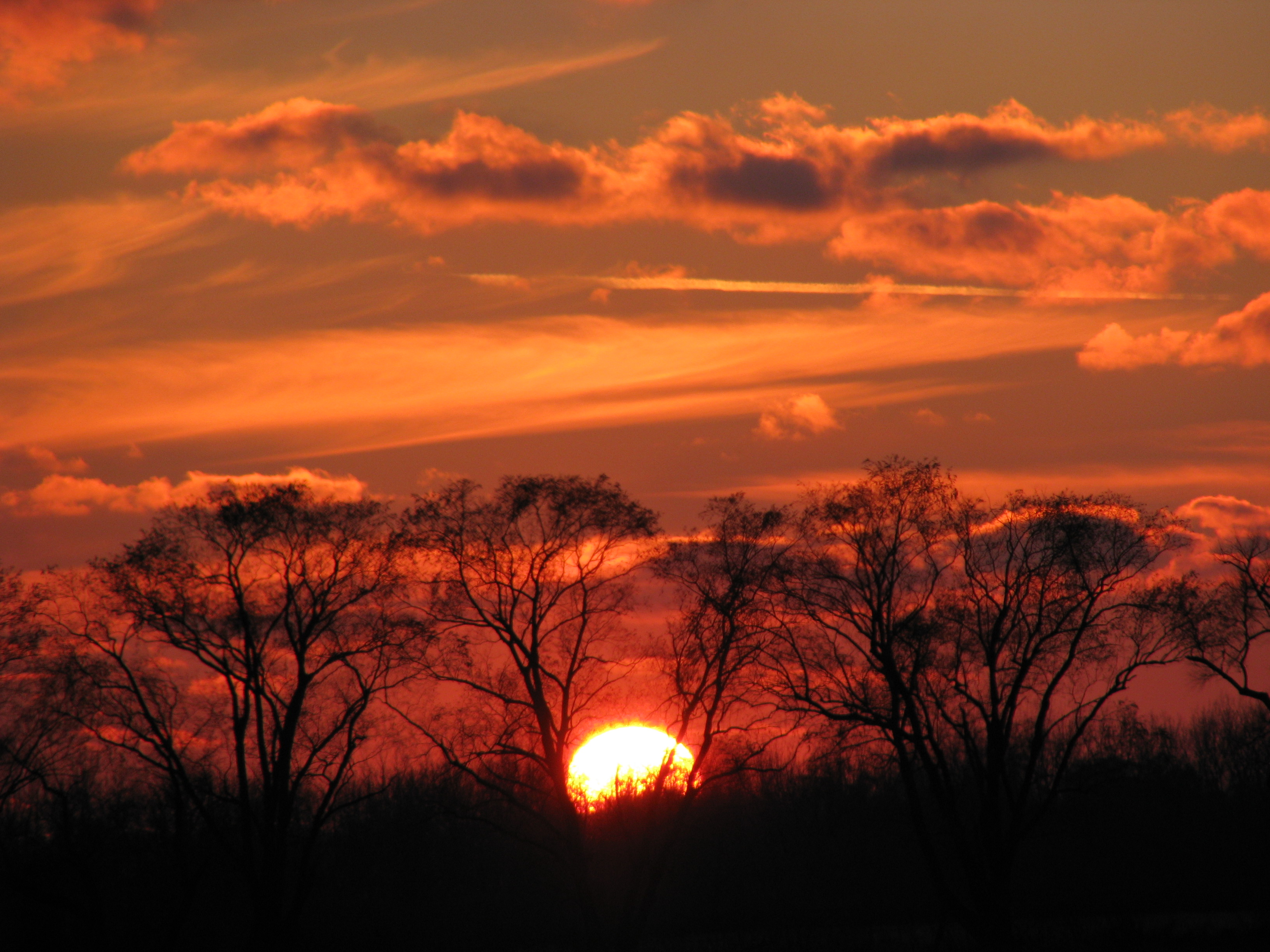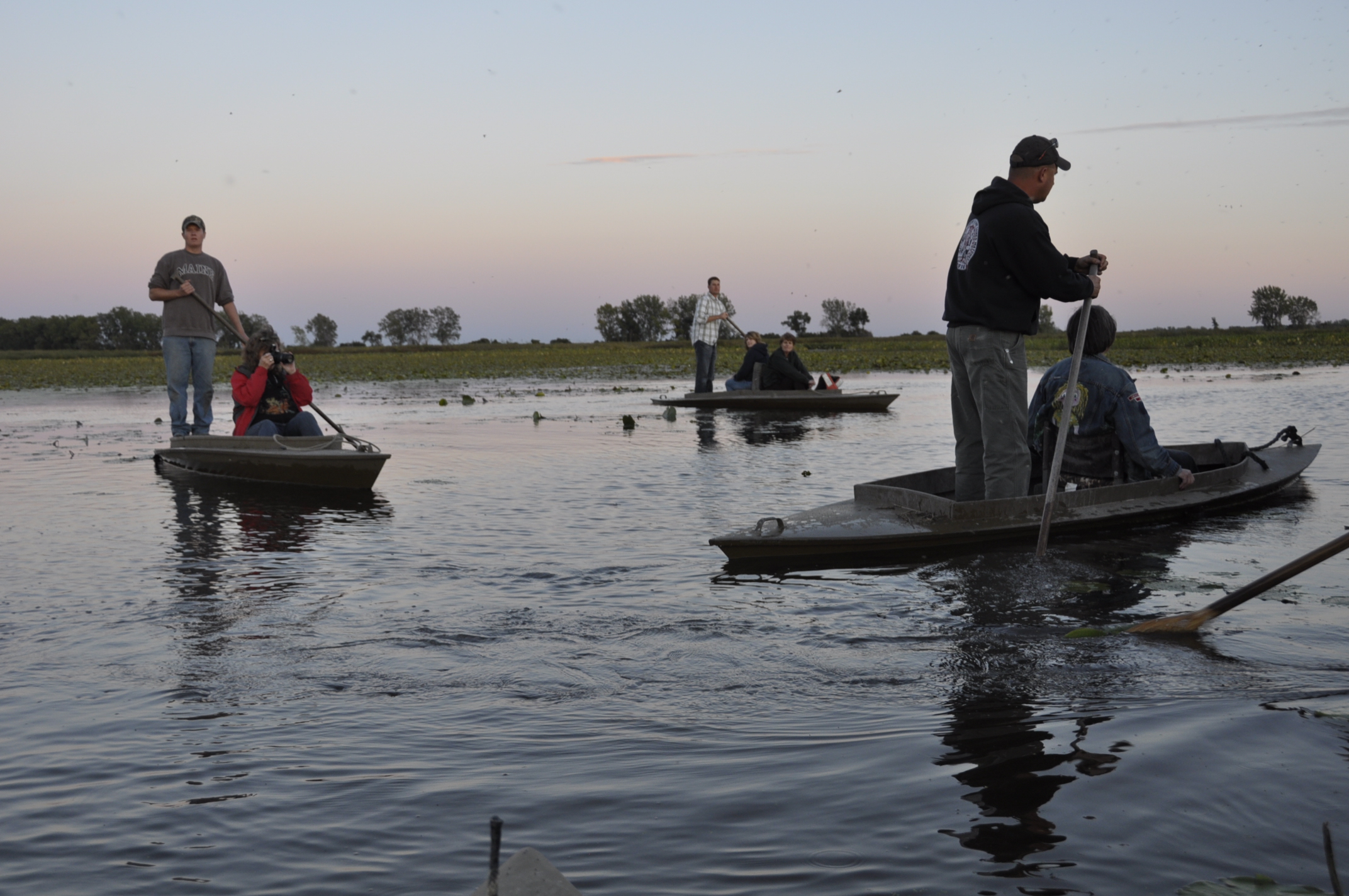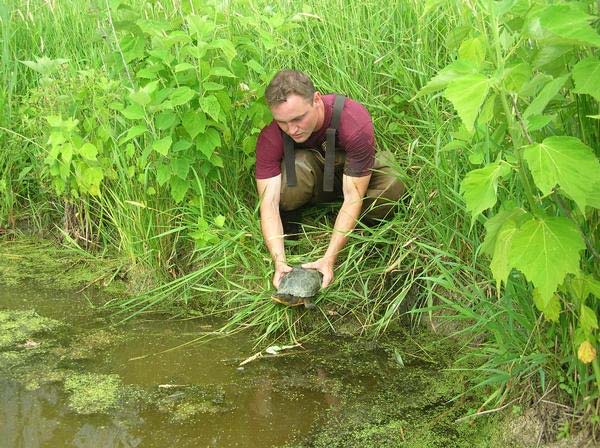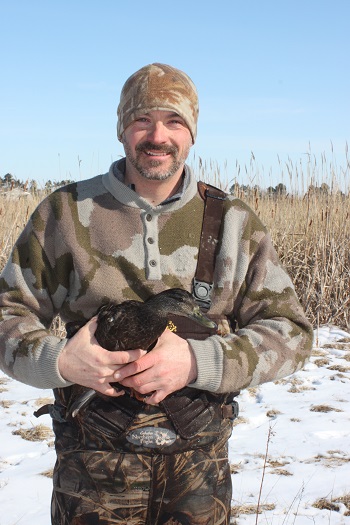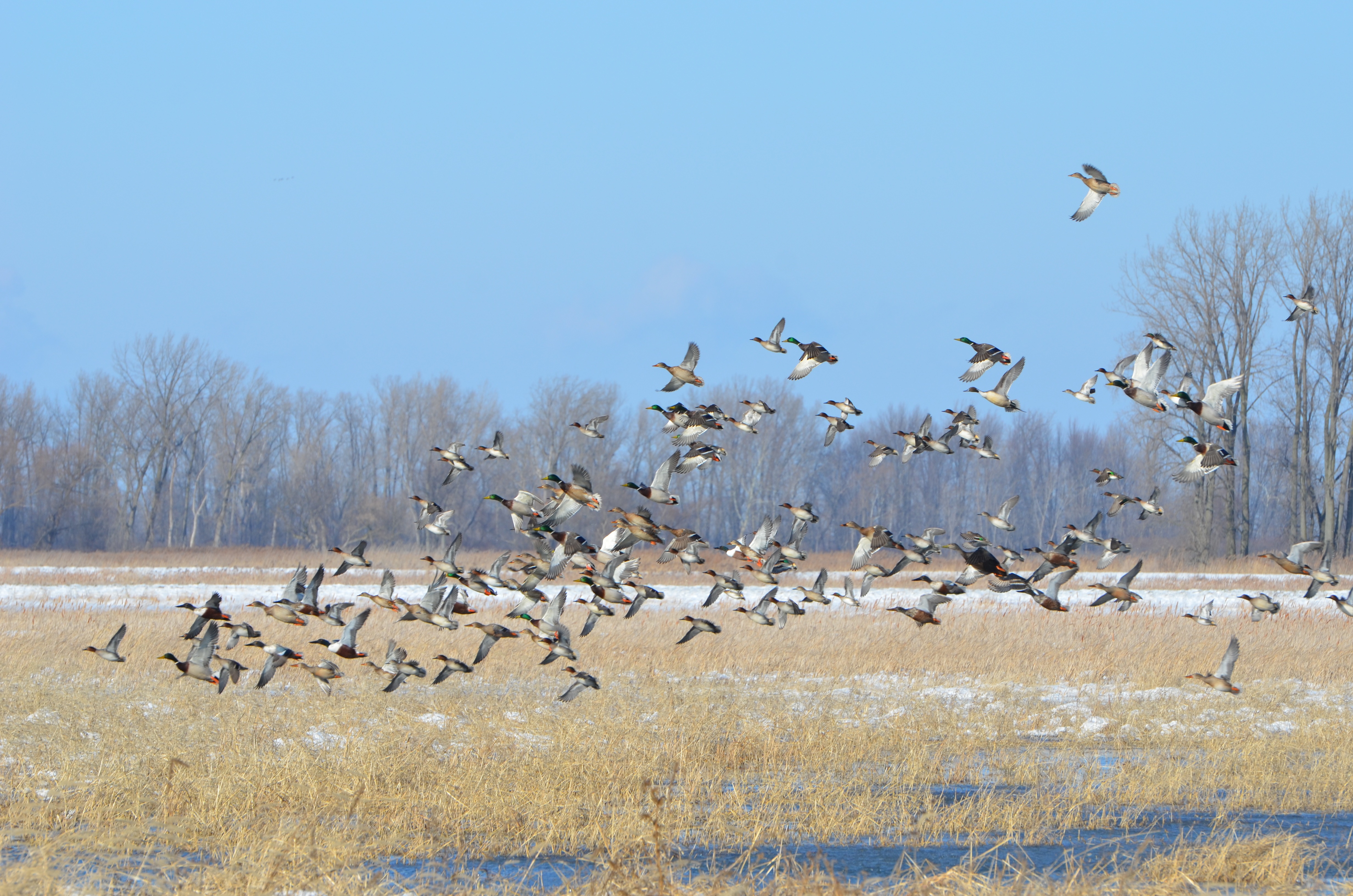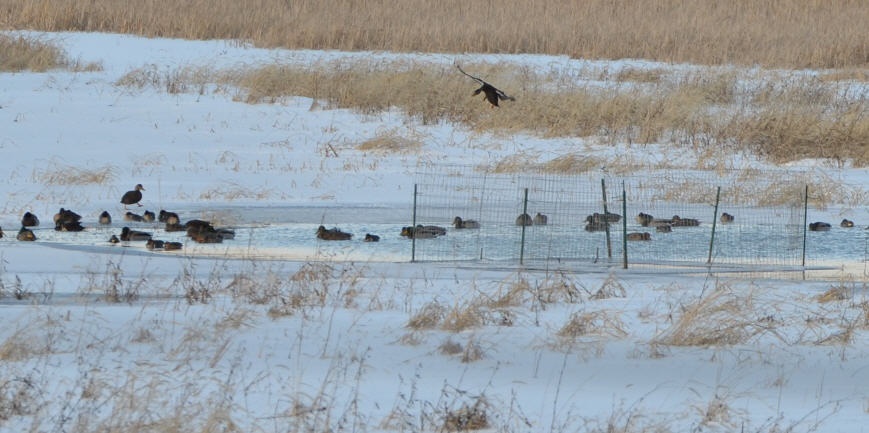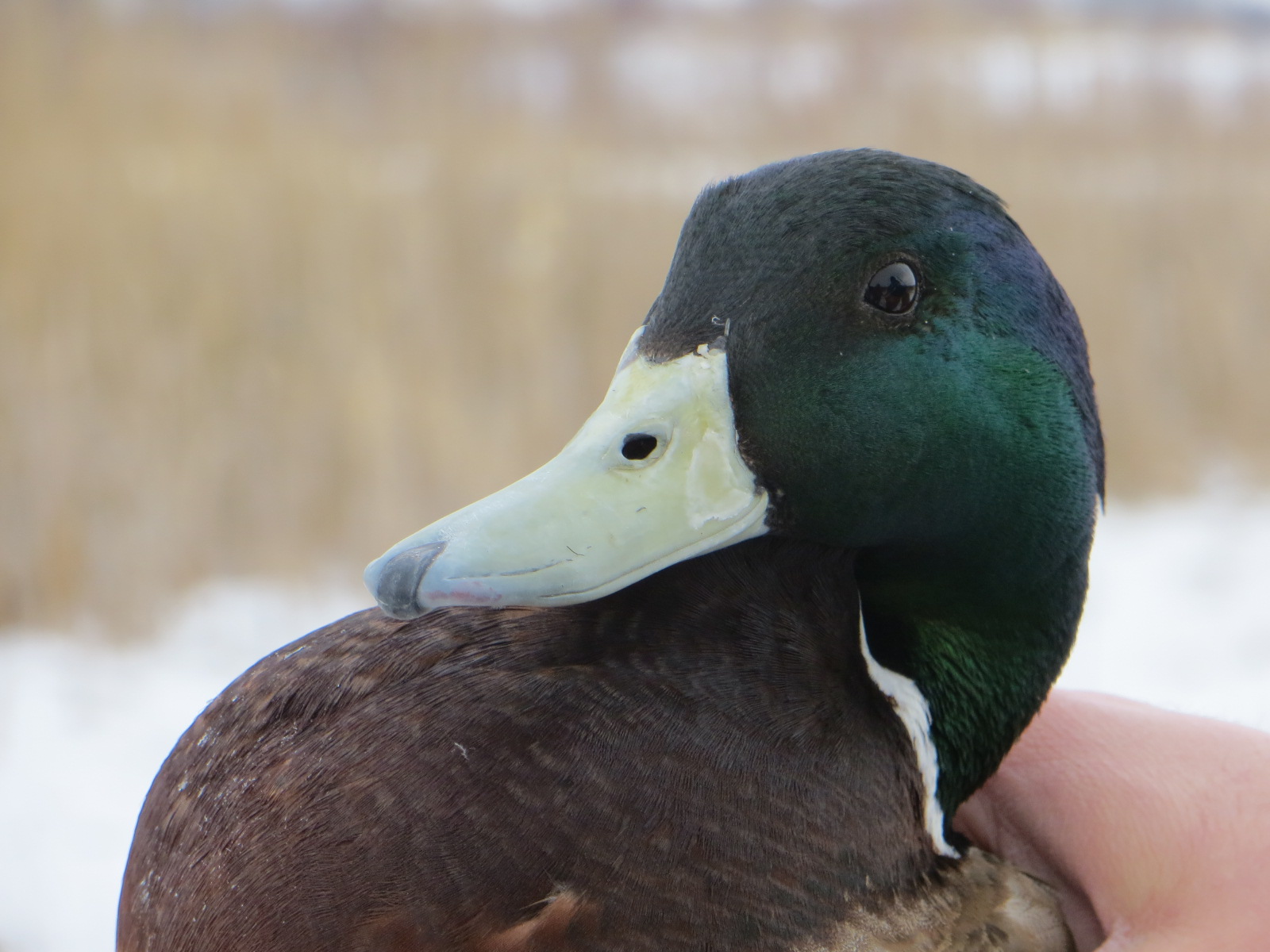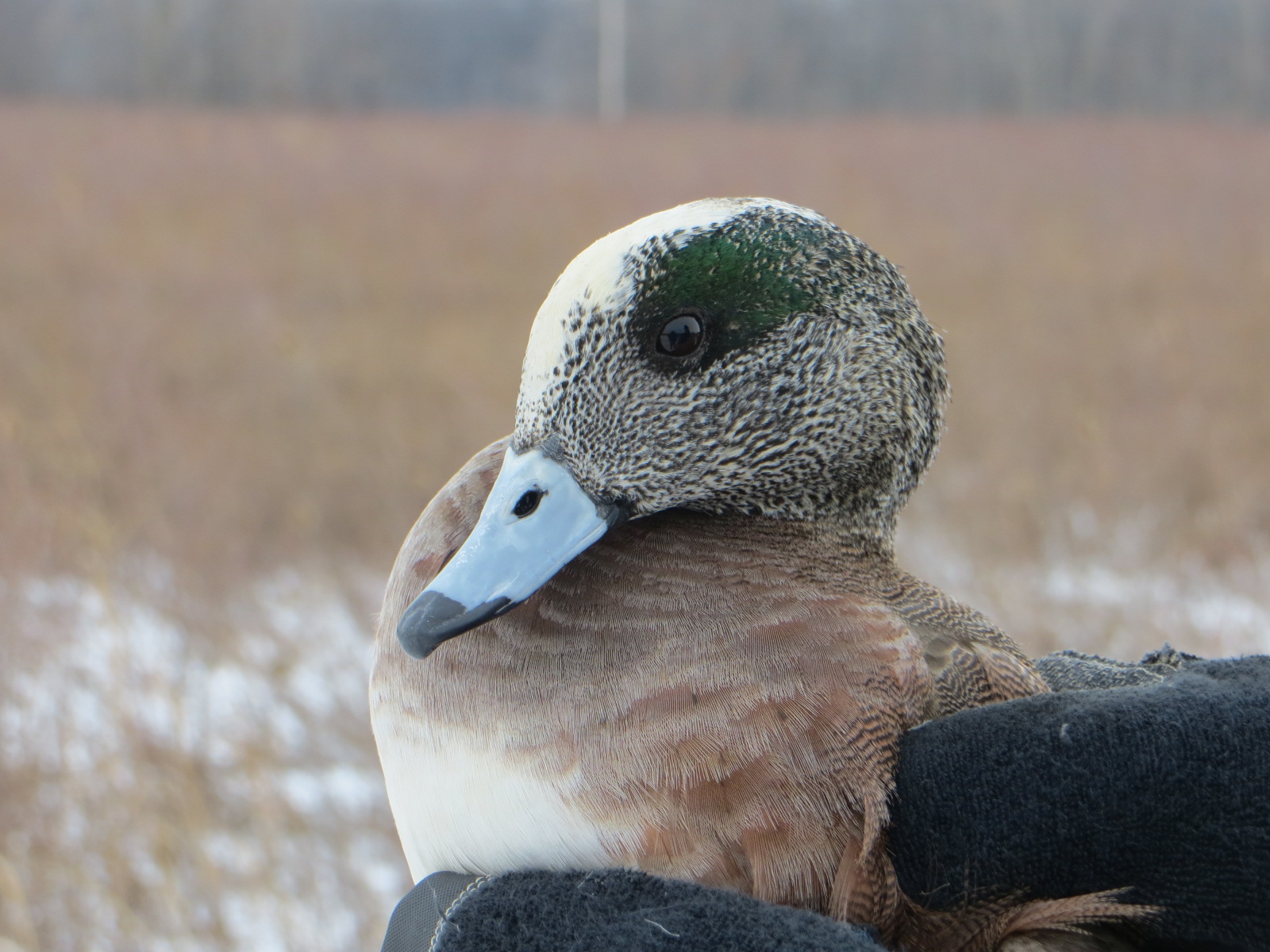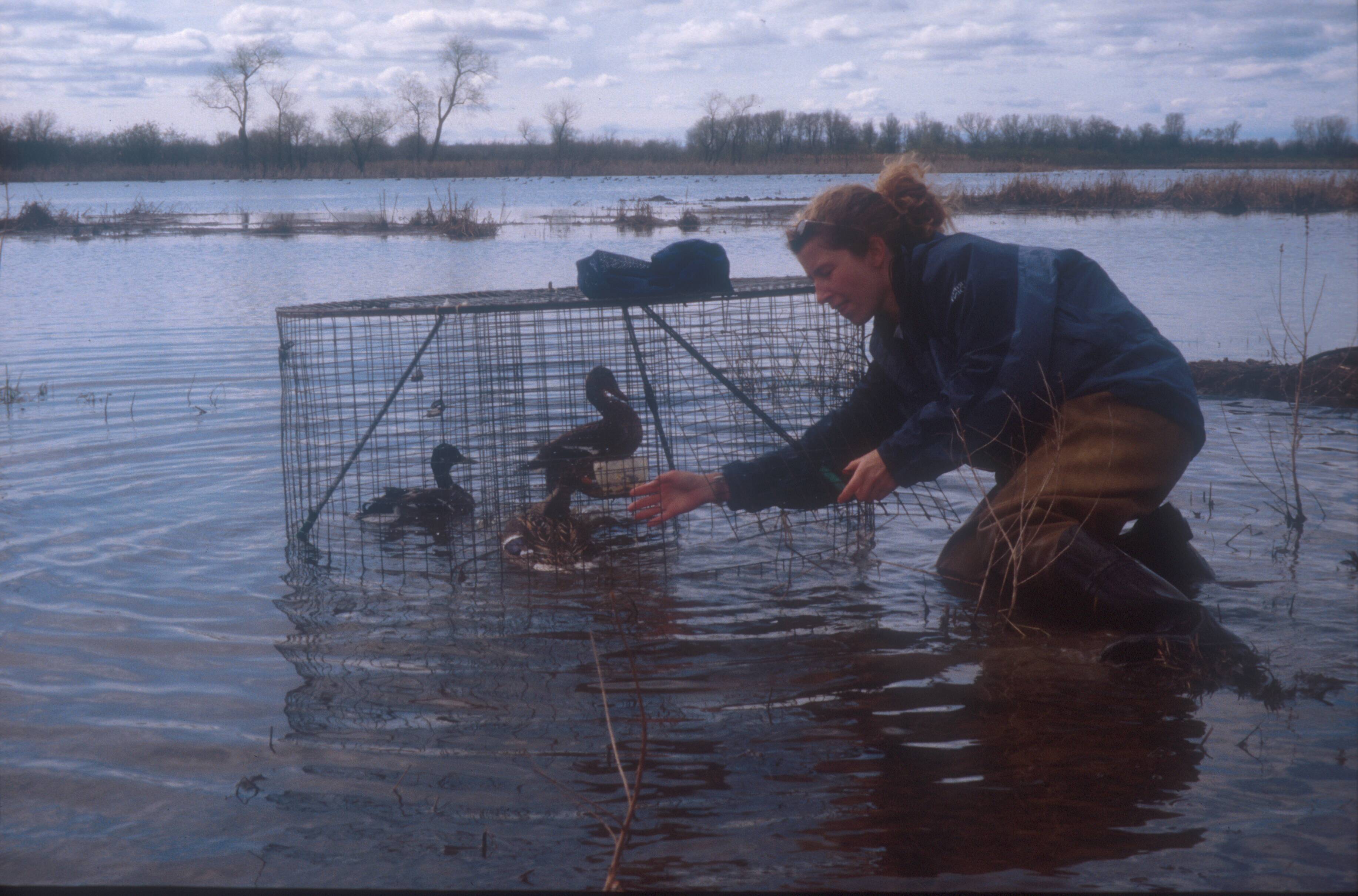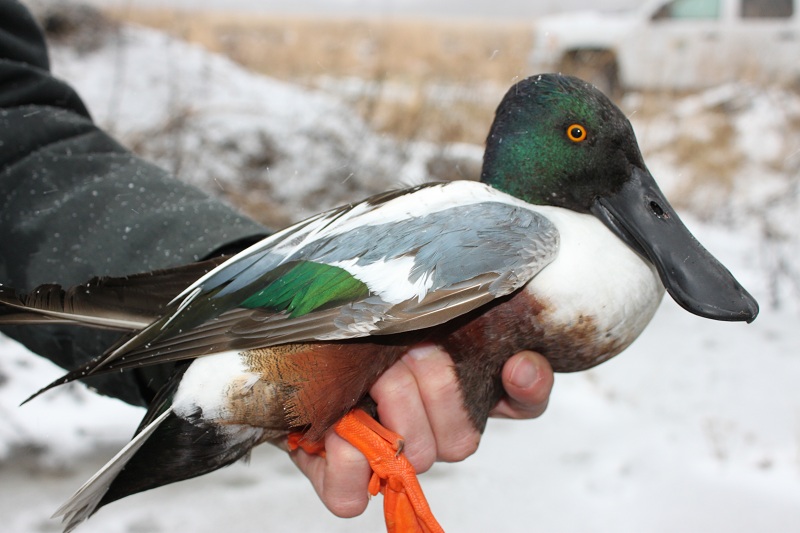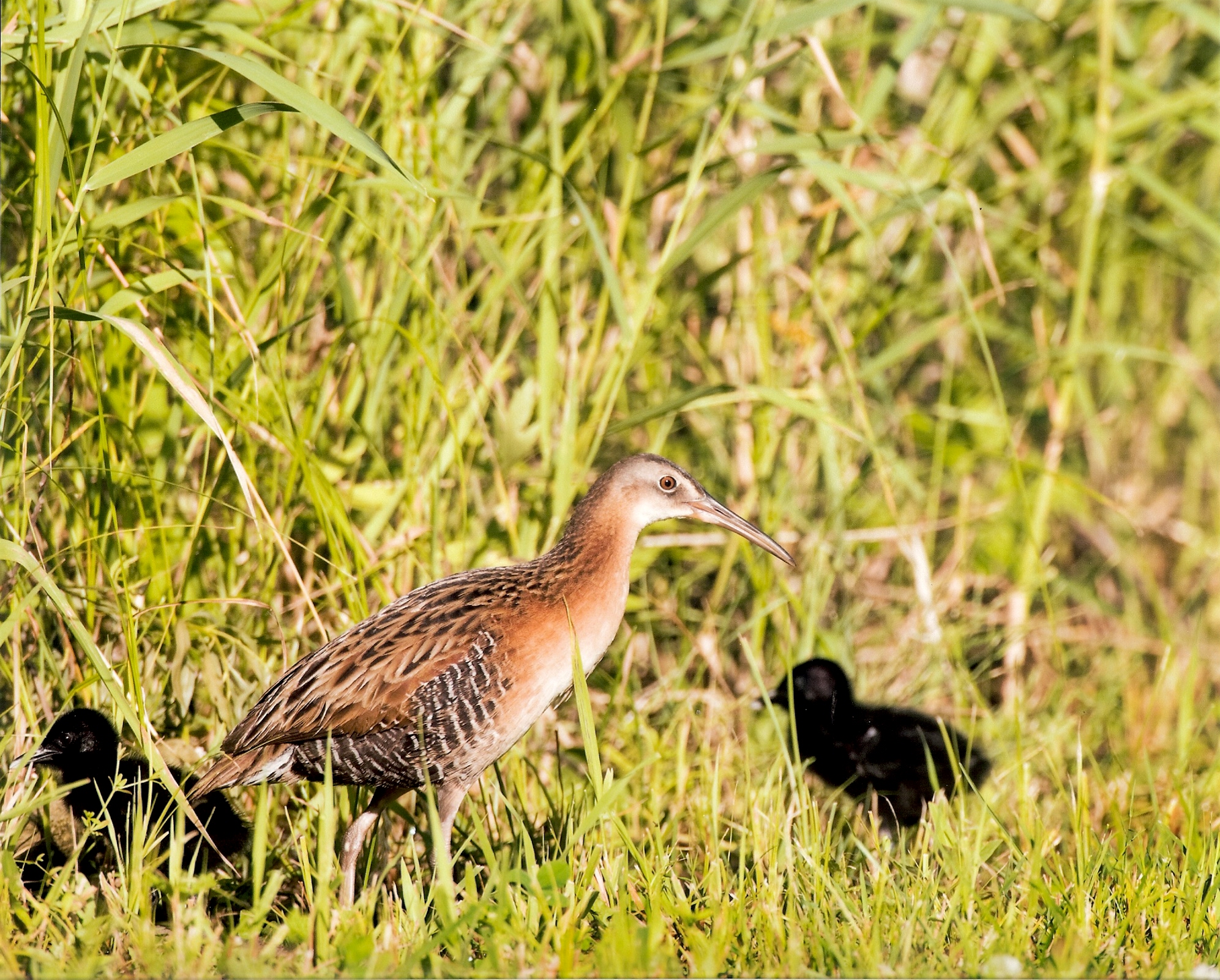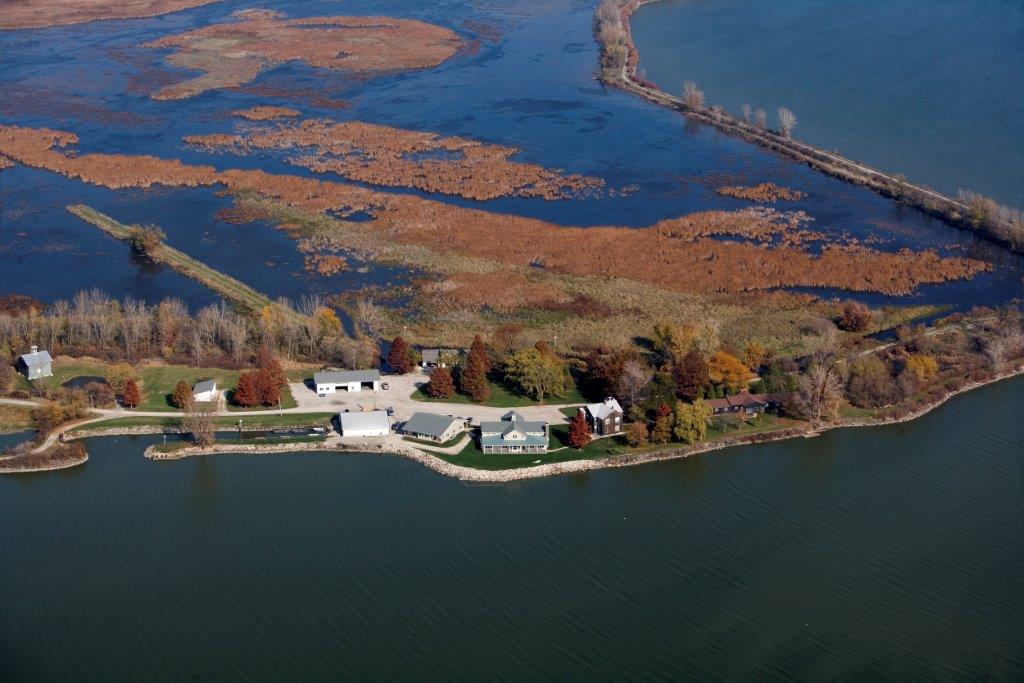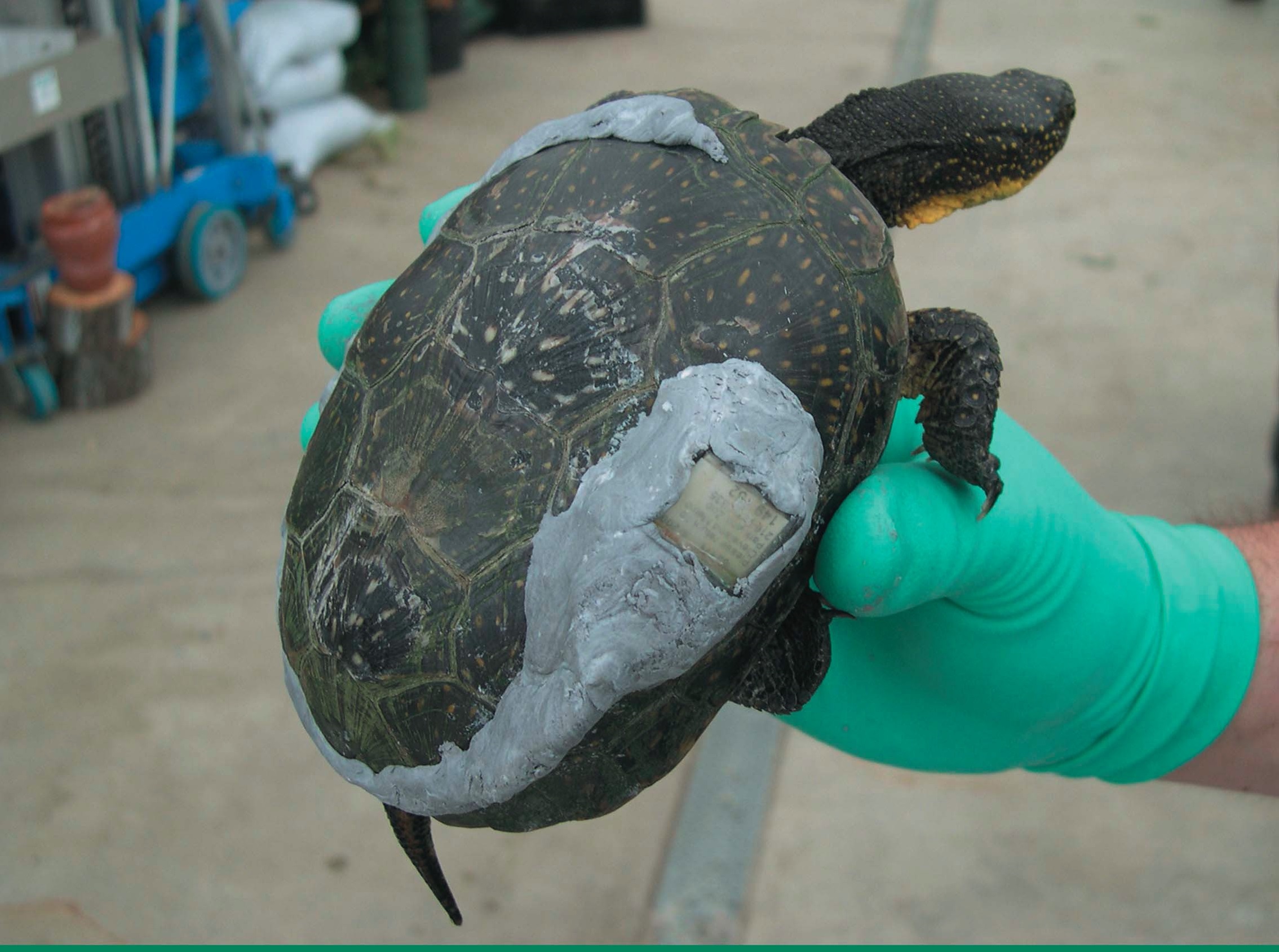The coastal wetlands of southwestern Lake Erie are among Ohio’s most valuable natural areas. These shoreline marshes support the greatest diversity of plant and animal life of any habitat type in Ohio and act as natural filters of our landscape, by improving water quality, reducing flooding, and recharging aquifers. Yet, only ten percent of the estimated 300,000 acres of Ohio’s original coastal wetlands remain and these wetlands face continued detrimental pressures from shoreline development, suburban sprawl, and invasive plant species are increasing.
